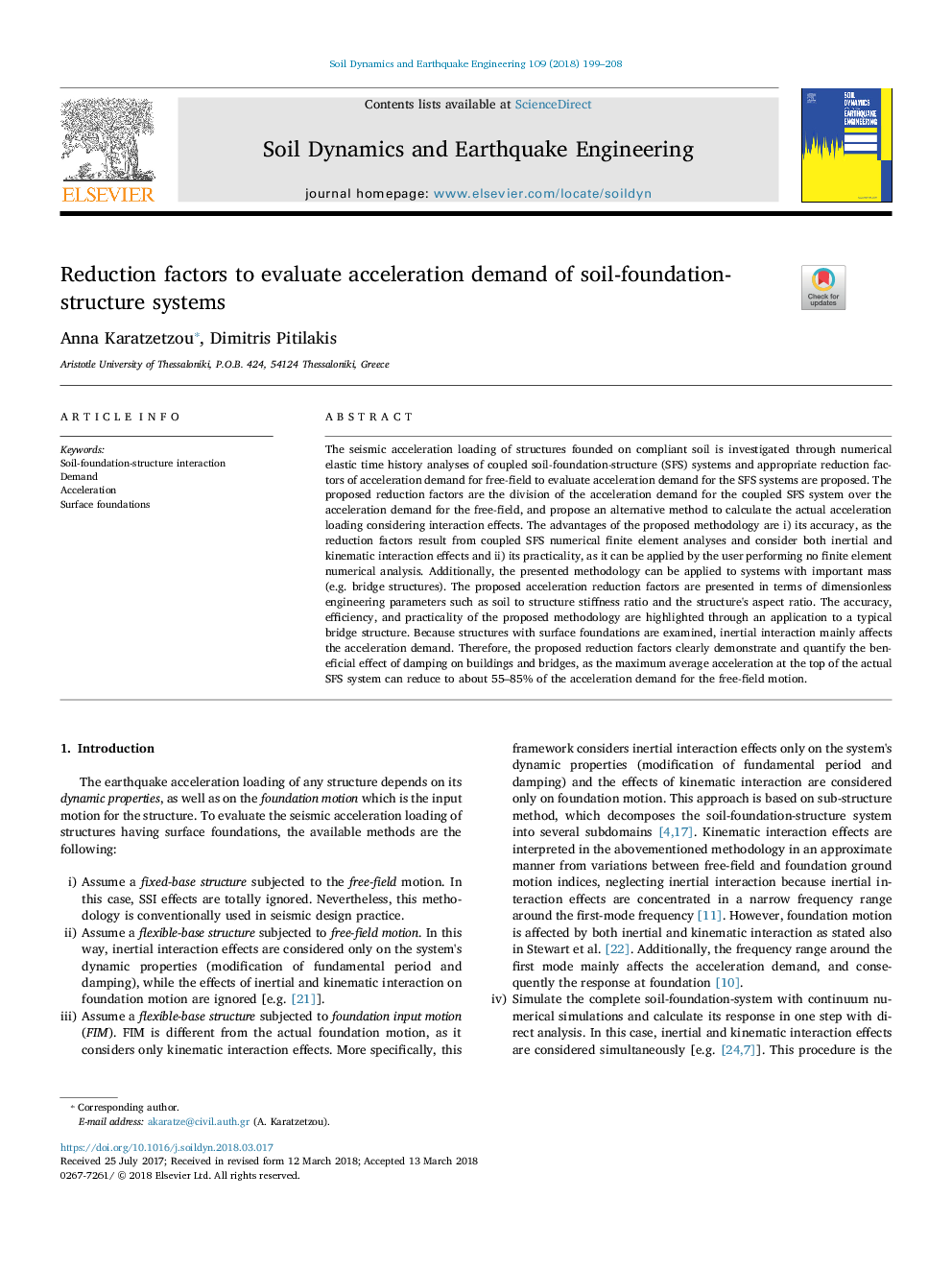ترجمه فارسی عنوان مقاله
عوامل کاهش دهنده برای ارزیابی تقاضای شتاب سیستم های سازه خاک-پایه
عنوان انگلیسی
Reduction factors to evaluate acceleration demand of soil-foundation-structure systems
| کد مقاله | سال انتشار | تعداد صفحات مقاله انگلیسی |
|---|---|---|
| 143357 | 2018 | 10 صفحه PDF |
منبع

Publisher : Elsevier - Science Direct (الزویر - ساینس دایرکت)
Journal : Soil Dynamics and Earthquake Engineering, Volume 109, June 2018, Pages 199-208
ترجمه کلمات کلیدی
تعامل خاک و پایه-ساختار، تقاضا شتاب، پایه های سطح،
کلمات کلیدی انگلیسی
Soil-foundation-structure interaction; Demand; Acceleration; Surface foundations;

